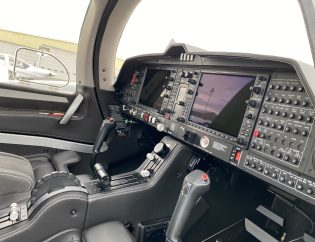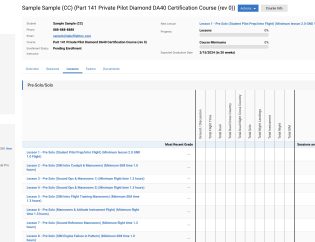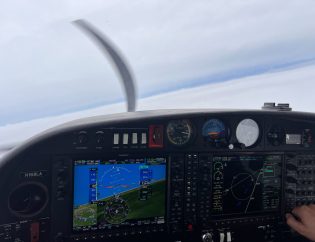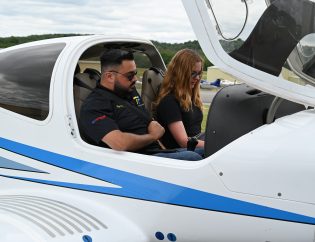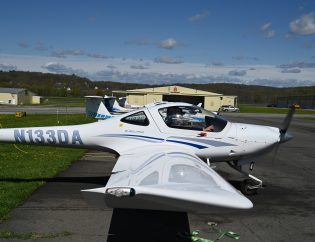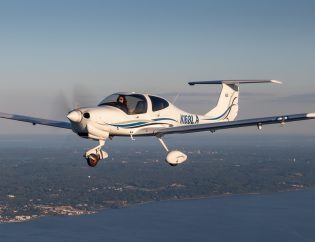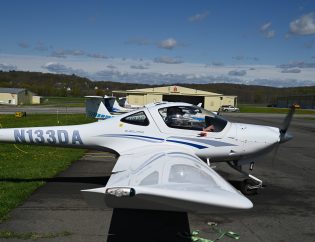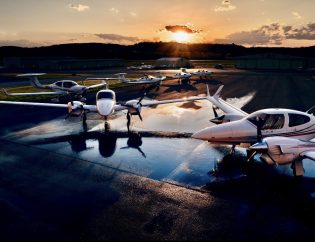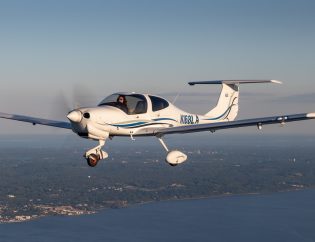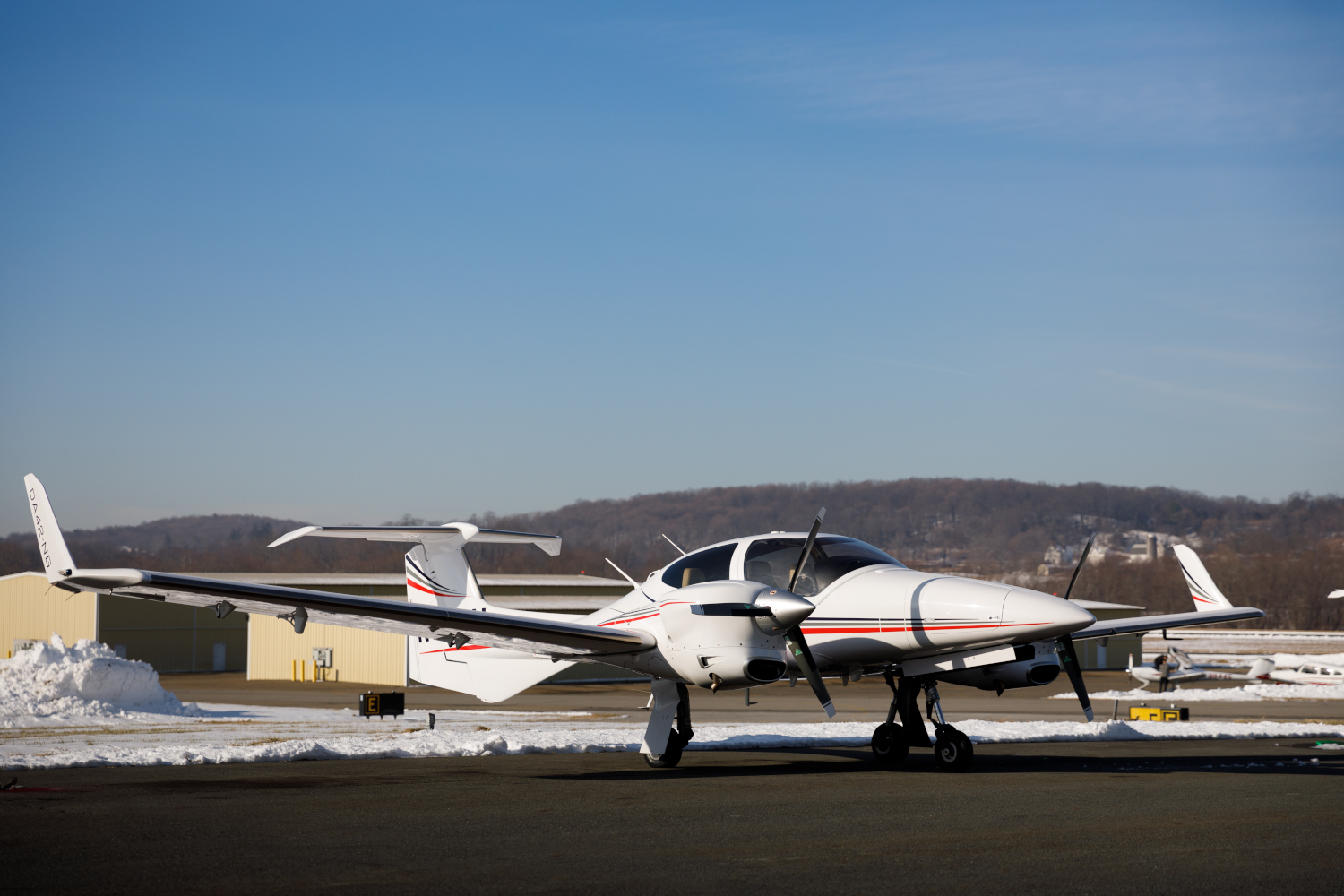
Most complained that training for jet type-ratings was far more difficult when applicants lacked basic instrument skills. They told us of pilots showing up with 2-3 hours of actual instrument time in their logbooks….pilots who, not surprisingly, were nervous to fly in the clouds since they never built their instrument skills and confidence. Training with bare-minimum cross-country IFR experience followed by years flying in traffic patterns and practice areas was a routine. These pilots were bringing nothing to the table for the jet operators with whom they were interviewing.
Of course, most airlines and many larger charter operators fly glass-cockpit aircraft, so another major issue was pilots showing up for work with little to no time in glass-cockpit aircraft. Many of those we interviewed voiced frustration with the regressive mindset of many older flight instructors who felt that primary flying can only take place in old round-gauge aircraft. They consistently felt that proper integrated flight-deck technology training was a key to future success with their hires.
Then of course there’s the paperwork. Pilots must know how to interpret regulations and properly complete the required flight planning and administrative paperwork. It’s far from the most fun part of flying, but it’s an absolute necessity for professional pilots. Our research indicated this was another weak spot in training.
We wrote each of our training programs at Take Flight to address these issues and many more. We use modern equipment with the latest in glass-cockpit technology for all phases of our Part 141 Professional Pilot training program. Our Instrument and Commercial programs challenge our clients with long and complex flights in the national airspace system, one of the busiest in the world. Our programs are developed to ensure graduates understand all the theory, regulations, flight planning, and required paperwork for each flight. Our Flight Operations Manual is written exactly like an airline or charter General Operations Manual.
We’ve undertaken all this research to ensure our programs produce the best-prepared professional pilots anywhere. At Take Flight Aviation, we offer the most comprehensive training for pilots seeking to fly in today’s technologically-advanced and rigorous environments. Whether flying for recreation or as a career, professional preparation allows pilots to be ready for anything.
Training in high-tech aircraft doesn’t mean pilots give up on their basic flying skills. Our grads fly everything from WWI biplanes to modern airliners.
Great training knows no bounds. Give us a call to learn more.

